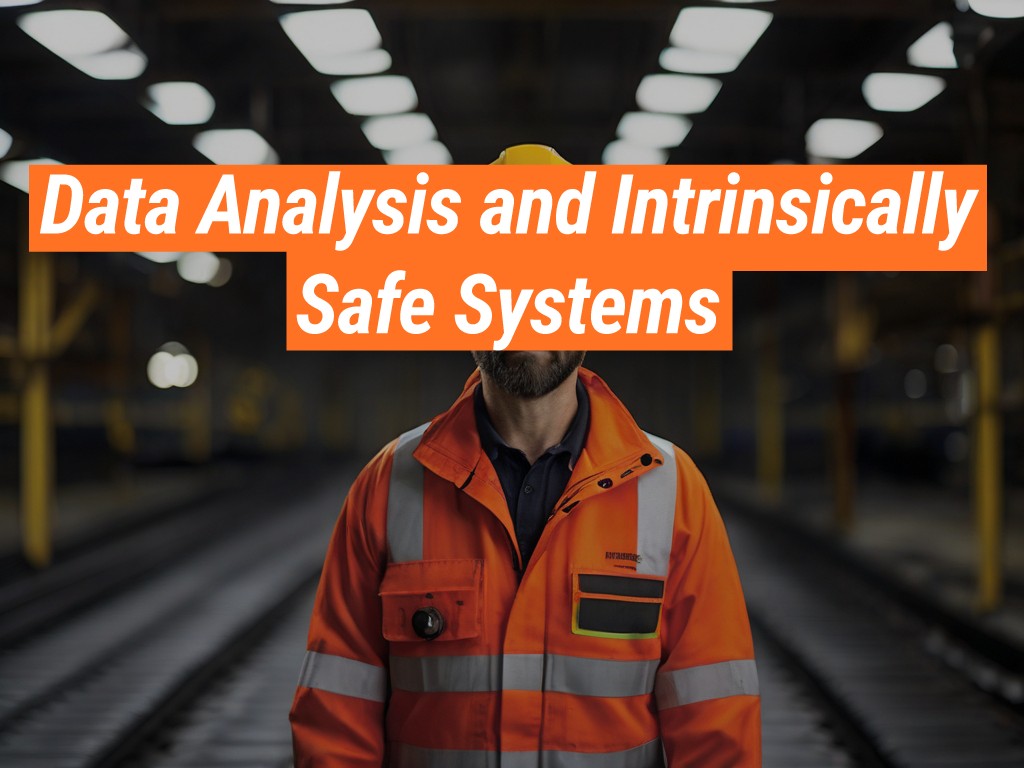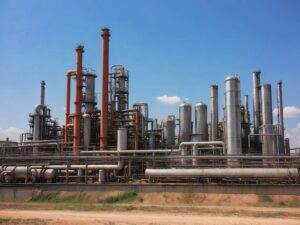Welcome to the world of Intrinsically Safe Systems, where safety and efficiency are paramount. At Intrinsically Safe Store, we are committed to providing you with the most reliable and safe equipment for hazardous environments. But how do we ensure the safety and efficiency of these systems? The answer lies in data analysis. This article will delve into the intricate relationship between data analysis and intrinsically safe systems. So, let’s get started, and don’t forget to visit our website for more information.
Understanding Intrinsically Safe Systems
Intrinsically safe systems are designed to prevent explosions in hazardous environments by limiting the energy available for ignition. They are commonly used in industries such as oil and gas, mining, and chemical processing. These systems are designed to operate safely in potentially explosive atmospheres, even in the event of a fault condition.
The Role of Data Analysis
Data analysis plays a crucial role in ensuring the safety and efficiency of intrinsically safe systems. It involves collecting, cleaning, transforming, and modeling data to discover useful information, draw conclusions, and support decision-making. Here’s how data analysis contributes to intrinsically safe systems:
- Identifying Patterns: Data analysis helps identify patterns and trends in system performance. This can help predict potential issues before they occur, allowing for proactive maintenance and prevention of system failures.
- Improving Efficiency: By analyzing data, companies can identify inefficiencies in their systems and processes. This can lead to improvements in system design and operation, resulting in increased productivity and cost savings.
- Ensuring Compliance: Data analysis can also help ensure compliance with safety regulations. By tracking and analyzing data, companies can demonstrate that their systems meet the necessary safety standards.
Case Study: Data Analysis in Action
Let’s look at a real-world example of how data interpretation can improve the safety and efficiency of intrinsically safe systems. A major oil and gas company was experiencing frequent system failures, leading to costly downtime and potential safety risks. By analyzing data from their systems, they were able to identify the root cause of the failures and implement corrective actions. This resulted in a significant reduction in system failures and improved overall system performance.
The Future of Data Analysis and Intrinsically Safe Systems
As technology continues to advance, the role of data interpretation in intrinsically safe systems is set to become even more important. With the rise of the Internet of Things (IoT) and machine learning, we can expect to see even more sophisticated data analysis techniques being used to ensure the safety and efficiency of these systems.
In conclusion, data analysis plays a vital role in ensuring the safety and efficiency of intrinsically safe systems. By identifying patterns, improving efficiency, and ensuring compliance, data interpretation can help companies operate safely and effectively in hazardous environments. As we look to the future, the role of data interpretation in intrinsically safe systems is set to become even more important. So, why not take a step towards a safer and more efficient future? Visit Intrinsically Safe Store today to explore our range of intrinsically safe systems. And if you have any questions or need further information, don’t hesitate to contact us.



